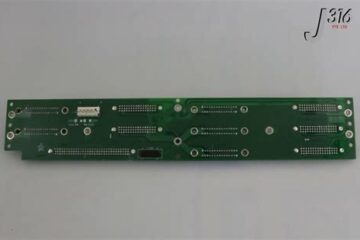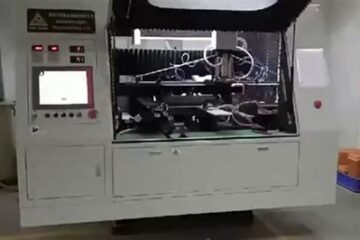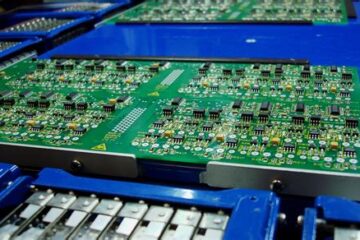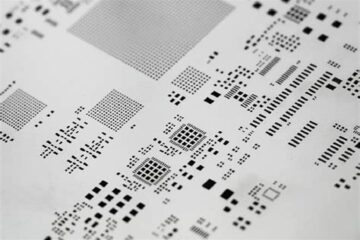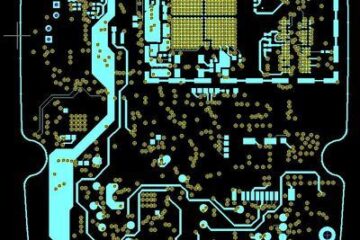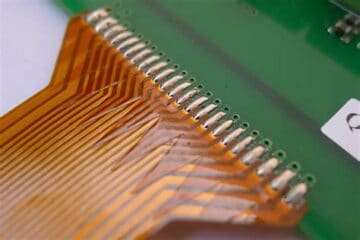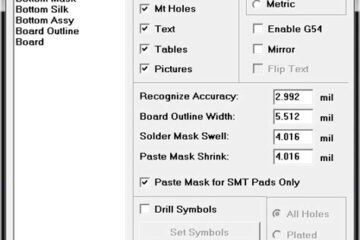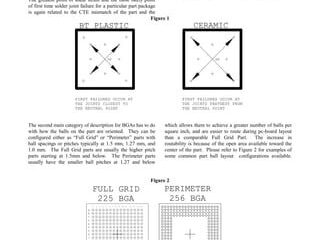PCBA
PCB Backplane Testing Assembly Companies
What is a PCB Backplane? A printed circuit board (PCB) backplane is a type of circuit board that connects several connectors in parallel to each other, so that each pin of each connector is linked to the same relative pin of all the other connectors, forming a computer bus. PCB backplanes are used in computers and other electronic systems to interconnect plug-in cards, modules, or other components. Some key characteristics of PCB backplanes include: Large Read more…
